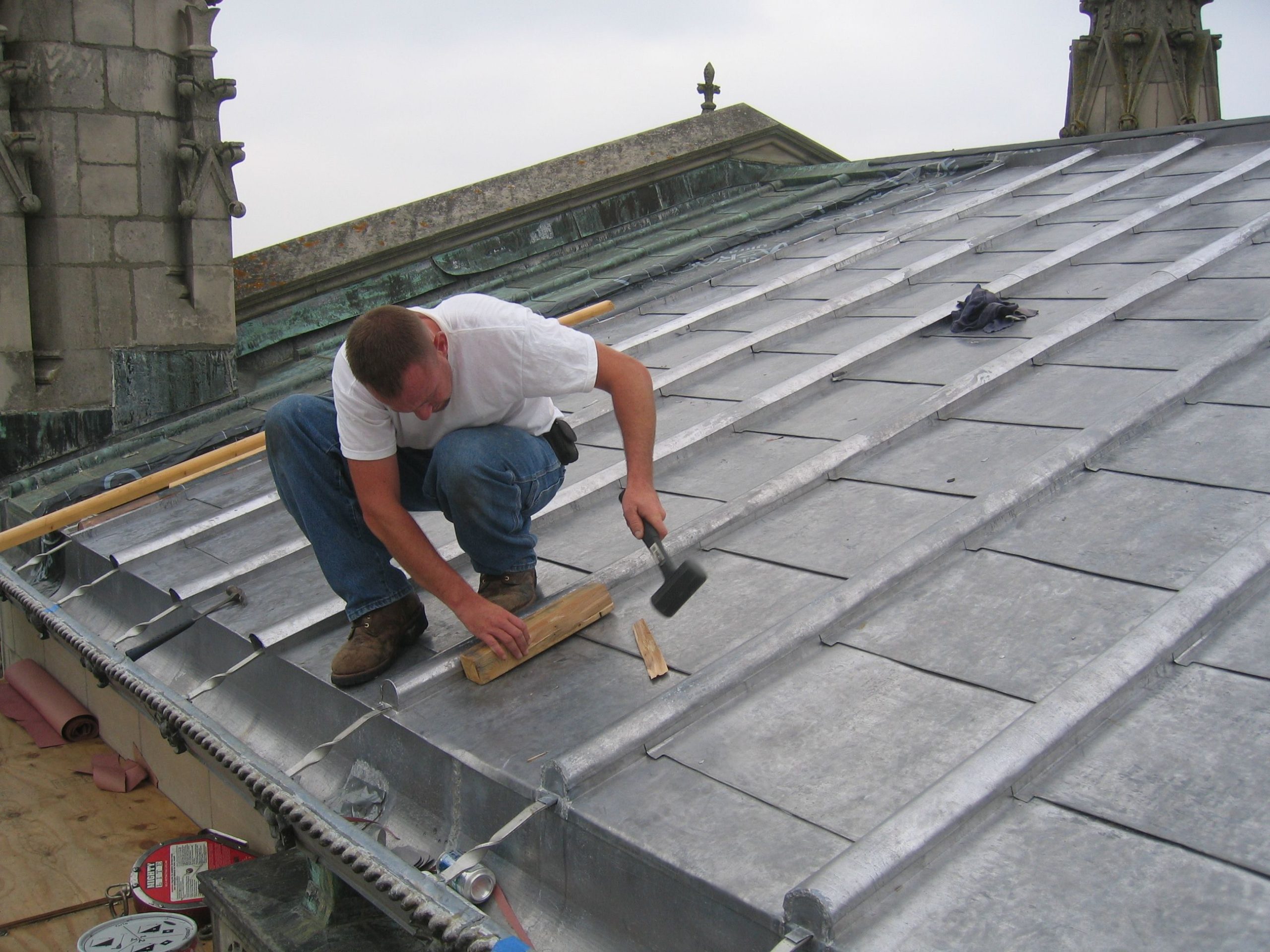Design Versatility Flat roofs, often associated with modern architecture, offer a remarkable versatility in design. Unlike sloped roofs that are bound by traditional norms, flat roofs provide architects and homeowners with a canvas to explore innovative and contemporary designs. From sleek, minimalist structures to sprawling rooftop gardens, the design possibilities are virtually endless. This adaptability makes flat roofs an appealing choice for both residential and commercial buildings, allowing for creative expression while maximizing functional space.
Space Optimization
One of the most significant advantages of flat roofs lies in their ability to optimize space utilization. Unlike pitched roofs that limit the usable area of the upper floor, flat roofs provide additional space that can be utilized for various purposes. This additional space can be transformed into recreational areas, rooftop gardens, solar panel installations, or even extensions of living or working spaces. By capitalizing on the horizontal plane, flat roofs enable property owners to make the most out of their real estate investment, enhancing both functionality and aesthetics.
Energy Efficiency
Flat roofs contribute to energy efficiency through their unique design features. With the option to install reflective coatings or cool roofing materials, flat roofs can mitigate heat absorption, reducing the need for excessive cooling during hot weather. Additionally, flat roofs offer ample space for the installation of solar panels, allowing property owners to harness renewable energy sources and decrease reliance on conventional power grids. This sustainable approach not only reduces utility costs but also minimizes the carbon footprint of the building, aligning with eco-conscious practices and regulations.
Maintenance Considerations
While flat roofs offer numerous benefits, they also require careful consideration in terms of maintenance. Proper drainage systems are essential to prevent water pooling, which can lead to leaks and structural damage over time. Regular inspections and maintenance checks are necessary to address any issues promptly and ensure the longevity of the roof. Additionally, the choice of roofing materials plays a crucial role in the durability and resilience of flat roofs. Investing in high-quality materials and professional installation can significantly reduce the need for frequent repairs and prolong the lifespan of the roof.
Embracing flat roofs entails a holistic approach that integrates innovative design, efficient space utilization, energy-conscious solutions, and diligent maintenance practices. By understanding the practical and aesthetic aspects of flat roofs, architects, homeowners, and property developers can leverage their potential to create sustainable, functional, and visually stunning built environments. Whether as a symbol of contemporary architecture or a practical solution for urban living, flat roofs continue to redefine the skyline and shape the future of architectural design.

